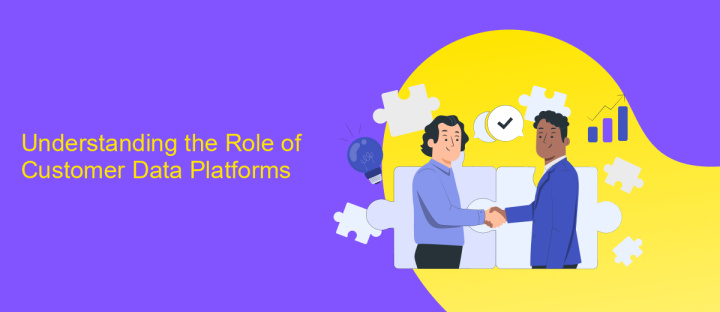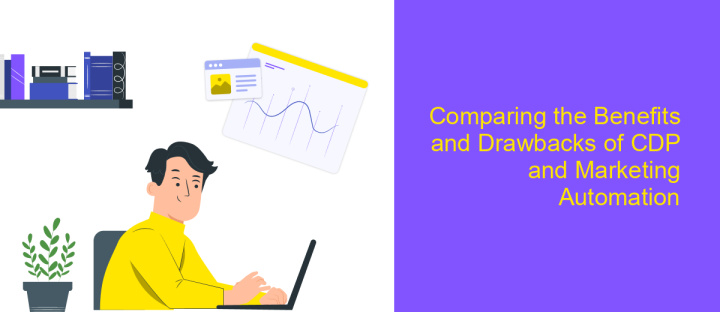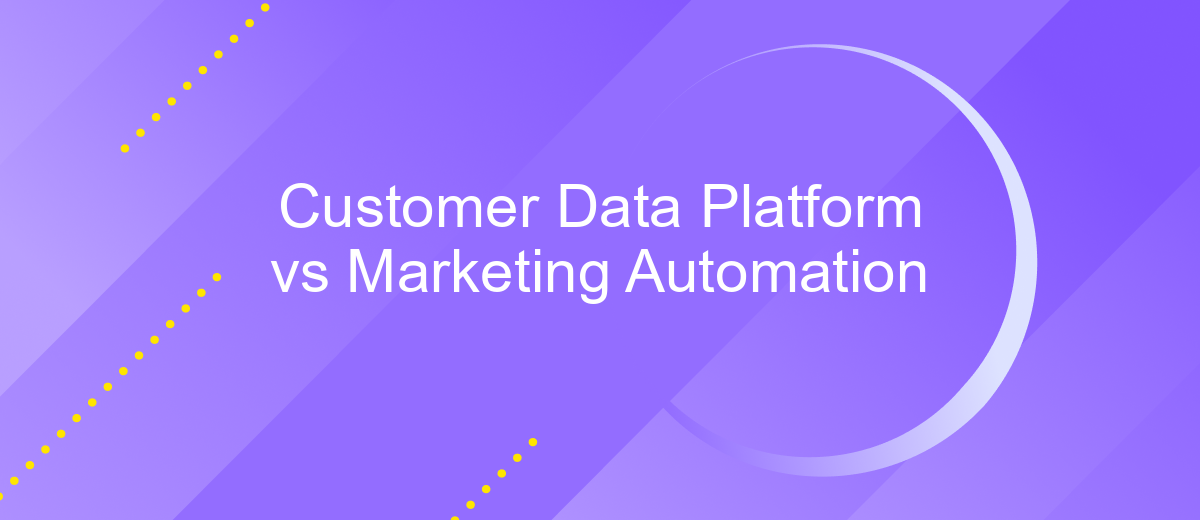Customer Data Platform vs Marketing Automation
In the rapidly evolving landscape of digital marketing, businesses are increasingly relying on advanced technologies to streamline their operations and enhance customer experiences. Two pivotal tools in this domain are Customer Data Platforms (CDPs) and Marketing Automation systems. While both aim to optimize customer interactions and drive sales, they serve distinct purposes and offer unique functionalities. This article explores the key differences and benefits of CDPs versus Marketing Automation.
CDP vs. Marketing Automation: Key Differences
Customer Data Platforms (CDPs) and Marketing Automation tools serve different but complementary roles in a marketer's toolkit. While both aim to enhance customer engagement, they do so through distinct functionalities and approaches.
- Data Integration: CDPs consolidate data from various sources into a unified customer profile, whereas Marketing Automation tools primarily use existing data to automate marketing tasks.
- Personalization: CDPs offer deep personalization by leveraging comprehensive customer data, while Marketing Automation focuses on automating workflows based on predefined rules.
- Real-Time Processing: CDPs excel in real-time data processing and updating, whereas Marketing Automation may not always offer real-time capabilities.
- Scope: CDPs provide a holistic view of the customer journey, while Marketing Automation tools are more focused on executing specific marketing campaigns.
In summary, CDPs are designed for data unification and real-time insights, offering a 360-degree view of the customer. On the other hand, Marketing Automation tools are geared towards streamlining marketing efforts and automating repetitive tasks. Both systems can work together to optimize marketing strategies and improve customer experiences.
Understanding the Role of Customer Data Platforms

Customer Data Platforms (CDPs) are essential tools for businesses aiming to centralize and manage customer data from various sources. These platforms collect, unify, and analyze data to create a comprehensive view of each customer. By integrating data from multiple touchpoints—such as social media, email, and website interactions—CDPs enable businesses to better understand customer behavior and preferences. This holistic view allows for more personalized marketing efforts and improved customer experiences.
One of the critical roles of CDPs is to facilitate seamless integration with other marketing tools and platforms. Services like ApiX-Drive can be instrumental in this process, offering automated integration solutions that connect CDPs with various marketing and analytics tools. By streamlining data flow between systems, businesses can ensure that their customer data is always up-to-date and actionable. This integration capability not only enhances the effectiveness of marketing campaigns but also supports data-driven decision-making across the organization.
Exploring the Capabilities of Marketing Automation

Marketing automation has revolutionized the way businesses engage with their customers by streamlining and automating various marketing tasks. This technology allows marketers to deliver personalized experiences at scale, ensuring that the right message reaches the right audience at the right time. By leveraging data and advanced algorithms, marketing automation tools can significantly enhance efficiency and effectiveness in marketing campaigns.
- Lead Nurturing: Automates the process of guiding prospects through the sales funnel with targeted content and interactions.
- Email Marketing: Enables the creation and scheduling of personalized email campaigns based on user behavior and preferences.
- Social Media Management: Automates posting, monitoring, and engagement on social platforms to maintain a consistent brand presence.
- Analytics and Reporting: Provides detailed insights into campaign performance, helping marketers make data-driven decisions.
- Customer Segmentation: Allows for the precise grouping of customers based on various criteria to tailor marketing efforts.
These capabilities empower marketing teams to focus more on strategy and creativity rather than repetitive tasks. By integrating marketing automation into their workflows, businesses can achieve higher conversion rates, improved customer retention, and a more cohesive marketing strategy. Ultimately, marketing automation not only saves time but also drives better results through more efficient and targeted efforts.
Comparing the Benefits and Drawbacks of CDP and Marketing Automation

Customer Data Platforms (CDPs) and Marketing Automation tools both offer valuable benefits, but they serve different purposes. CDPs focus on unifying customer data from various sources into a single, comprehensive view. This allows for more accurate customer insights and personalized marketing efforts. On the other hand, Marketing Automation tools streamline and automate marketing tasks such as email campaigns, social media posts, and lead nurturing.
Despite their advantages, both systems have their drawbacks. CDPs can be complex to implement and require significant investment in time and resources. They also necessitate ongoing maintenance to ensure data accuracy. Conversely, Marketing Automation tools can sometimes lead to over-automation, making interactions feel impersonal and robotic.
- CDP Benefits: Unified customer data, enhanced personalization, better customer insights.
- CDP Drawbacks: Complexity, high implementation cost, ongoing maintenance.
- Marketing Automation Benefits: Streamlined marketing tasks, improved efficiency, consistent communication.
- Marketing Automation Drawbacks: Risk of over-automation, potential for impersonal interactions.
In conclusion, while both CDPs and Marketing Automation tools offer significant benefits, they also come with their own set of challenges. Choosing the right solution depends on your specific business needs and objectives.


Choosing the Right Solution for Your Business
Choosing the right solution between a Customer Data Platform (CDP) and Marketing Automation (MA) depends on your business needs and objectives. If your primary focus is on collecting, integrating, and analyzing customer data from various sources to create a unified view, a CDP is the ideal choice. It helps in understanding customer behavior and personalizing interactions. On the other hand, if your goal is to streamline and automate marketing campaigns, lead nurturing, and customer engagement, a Marketing Automation platform is more suitable.
For businesses looking to leverage both solutions, integrating them can provide a comprehensive approach. Tools like ApiX-Drive can facilitate seamless integration between your CDP and MA platforms, ensuring data flows smoothly and processes are synchronized. This integration enables you to maximize the strengths of both systems, enhancing your marketing strategies and improving customer experiences. Evaluate your business goals, consider the specific functionalities you need, and choose the solution that aligns best with your objectives.
FAQ
What is the main difference between a Customer Data Platform (CDP) and Marketing Automation?
Can a CDP and Marketing Automation work together?
Which should I implement first: a CDP or Marketing Automation?
How can I integrate a CDP with my existing Marketing Automation tools?
Do I need technical expertise to set up a CDP or Marketing Automation?
Strive to take your business to the next level, achieve your goals faster and more efficiently? Apix-Drive is your reliable assistant for these tasks. An online service and application connector will help you automate key business processes and get rid of the routine. You and your employees will free up time for important core tasks. Try Apix-Drive features for free to see the effectiveness of the online connector for yourself.

